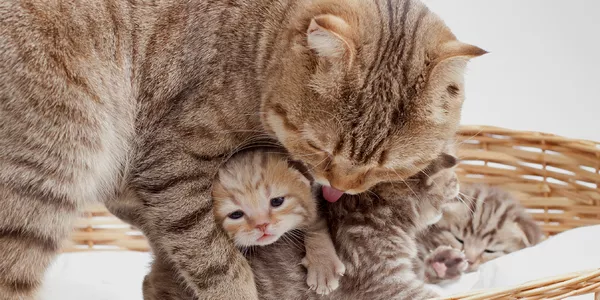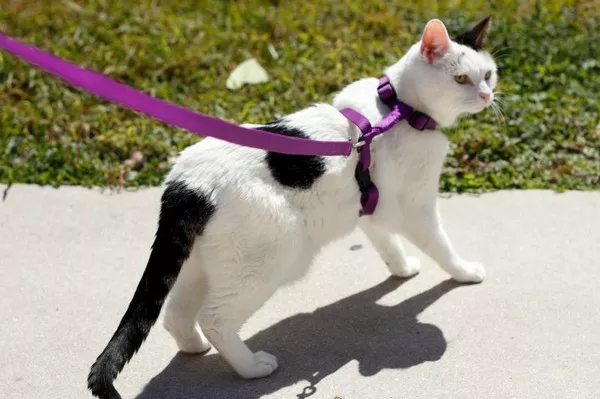Adding a nutritious, flavorful gravy to your cat’s diet can be an excellent way to boost both their hydration and their nutritional intake. Cats are notoriously picky eaters, and the extra flavor can encourage them to eat well-balanced meals. This guide provides a full overview on preparing a healthy cat gravy, ensuring it meets your cat’s dietary requirements. We’ll cover everything from selecting the right ingredients to the step-by-step cooking process, along with important health considerations for a safe and balanced diet.
Purpose of Adding Gravy to Cat Food
Cat gravy serves several important functions beyond just enhancing the flavor of your cat’s meal. As cats are obligate carnivores, their diet needs to be rich in animal proteins, and adding gravy can complement this diet in several ways:
Flavor Enhancement: Cats often respond to new flavors and textures, and gravy can entice even the pickiest eaters to consume more food, ensuring they get enough nutrition.
Increased Moisture Intake: Cats are not big water drinkers by nature, so adding moisture through their diet is essential. A high-quality gravy adds hydration, which supports kidney health and prevents urinary tract issues.
Extra Nutrients: Homemade cat gravy allows you to include additional nutrients, vitamins, and supplements like taurine, which are essential for a cat’s overall well-being. This ensures the gravy is not only tasty but also packed with beneficial ingredients.
Ingredients to Use
Creating a balanced, nourishing cat gravy begins with selecting the right ingredients. Use high-quality, cat-safe components that provide optimal flavor and essential nutrients.
Protein Sources
Animal protein is the foundation of a healthy cat diet. Choose lean meats such as:
Chicken: Chicken is rich in protein and has a mild flavor that most cats love.
Turkey: Turkey is another lean meat that provides a variety of essential nutrients and is easily digestible.
Fish: Fish like salmon or white fish can be used sparingly to add omega-3 fatty acids, which promote skin and coat health.
Broth
Broth serves as the liquid base of the gravy and should be chosen carefully.
Low-Sodium Chicken or Beef Broth: Store-bought broth can be used if it’s low-sodium and free from added flavors or spices.
Homemade Broth: Homemade is ideal, as it allows for control over the ingredients, ensuring no added salt or seasoning.
Vegetables
Small amounts of cat-safe vegetables can add fiber and additional vitamins to the gravy.
Carrots: Provide beta-carotene and fiber in small amounts.
Peas: Offer fiber and a small amount of protein, along with vitamins like B-complex.
Supplements
Certain supplements can be added to enhance the nutritional value of the gravy.
Taurine: An essential amino acid that cats cannot produce on their own, taurine is crucial for heart and eye health.
Fish Oil: Adding a small amount of fish oil can provide healthy fats and omega-3 fatty acids, promoting a healthy coat and skin.
Ingredients to Avoid
While there are many ingredients beneficial for cat gravy, there are also some that are harmful or toxic to cats and should be strictly avoided.
Toxic Foods
Some foods that are safe for humans can be toxic to cats.
Onions and Garlic: These can cause gastrointestinal distress and even lead to red blood cell damage in cats.
Certain Spices: Many spices are harmful to cats, so it’s best to avoid them entirely when making gravy.
Seasonings
Cats are sensitive to sodium and cannot tolerate much salt. Avoid adding:
Salt and Pepper: Too much salt can lead to sodium ion poisoning, while pepper can irritate their digestive system.
Artificial Flavors and Preservatives: Always steer clear of artificial additives, as they can be harmful to cats.
Basic Recipe: Simple Chicken Gravy for Cats
Here’s a simple and nutritious chicken gravy recipe that provides flavor, hydration, and essential nutrients.
Ingredients
- 1 cup low-sodium chicken broth (or homemade, unsalted)
- 1/2 cup cooked, shredded chicken (no seasoning)
- 1 teaspoon plain gelatin (optional, for thickening)
Instructions
Heat the Broth: Place the chicken broth in a small saucepan and heat it over medium-low heat until it starts to simmer gently.
Add the Chicken: Add the shredded chicken to the broth and let it cook for a few minutes until fully heated. Stir the mixture to ensure the flavors combine.
Thicken with Gelatin (Optional): If you’d like a thicker consistency, dissolve the gelatin in a small amount of cold water before adding it to the mixture. Stir well until the gelatin fully dissolves.
Cool Before Serving: Allow the gravy to cool down to a comfortable temperature before serving it to your cat.
Serving Tips
Suggested Portion: Start with 1-2 tablespoons of gravy mixed into your cat’s food or on the side. Adjust the portion based on your cat’s preference and the amount of food.
Refrigeration: Store leftover gravy in an airtight container in the refrigerator, where it will keep for up to three days.
Freezing: You can freeze the gravy in small portions (like in an ice cube tray) and thaw one cube at a time as needed.
Health Considerations for Homemade Cat Gravy
Before introducing new foods or supplements, it’s best to consult with your veterinarian. They can provide guidance on the ingredients and portion sizes that suit your cat’s specific needs.
When first introducing cat gravy, keep an eye out for any signs of adverse reactions, such as vomiting, diarrhea, or lack of interest in food. If any of these symptoms occur, discontinue the gravy and consult your vet.
Additional Cat Gravy Recipe Variations
Tuna Gravy
If your cat loves fish, try this easy tuna gravy recipe.
Ingredients
- 1 cup low-sodium chicken or fish broth
- 1/2 cup tuna in water (drained)
- 1 teaspoon fish oil (optional)
Instructions
- Combine the broth and tuna in a saucepan and simmer for a few minutes.
- Add fish oil for extra omega-3s if desired.
- Allow it to cool before serving.
Beef Gravy
A hearty option, beef gravy provides robust flavor and protein.
Ingredients
- 1 cup low-sodium beef broth (unsalted, if homemade)
- 1/2 cup lean, cooked ground beef (no seasoning)
Instructions
- Heat the beef broth, add the cooked ground beef, and simmer for a few minutes.
- Allow to cool before serving.
Conclusion
Healthy cat gravy is an easy and effective way to enhance your cat’s meal, boost hydration, and provide essential nutrients. By focusing on high-quality, cat-safe ingredients and avoiding anything that could be harmful, you can feel confident that your homemade cat gravy is supporting your cat’s overall health. Regularly introducing such options, and observing your cat’s response, can help you cater to their preferences while enhancing their diet. With careful ingredient selection and veterinary guidance, cat gravy can be a delicious, nutritious addition to your pet’s feeding routine.
Related Topics


























